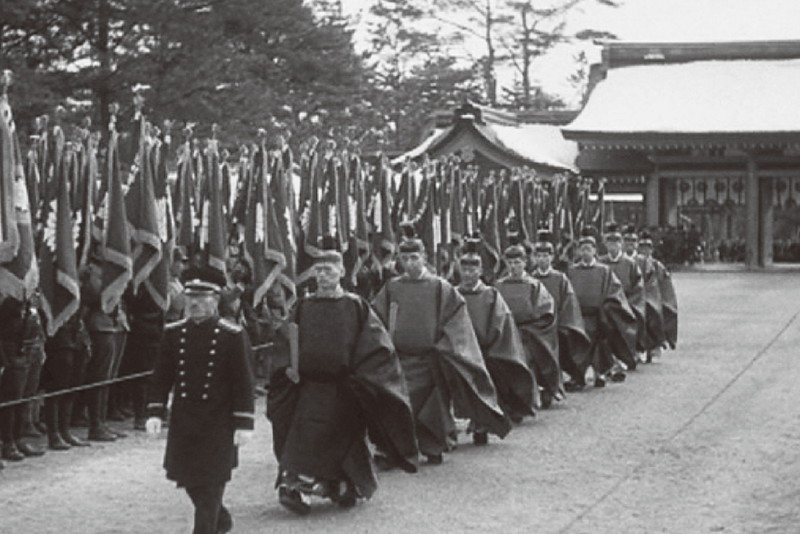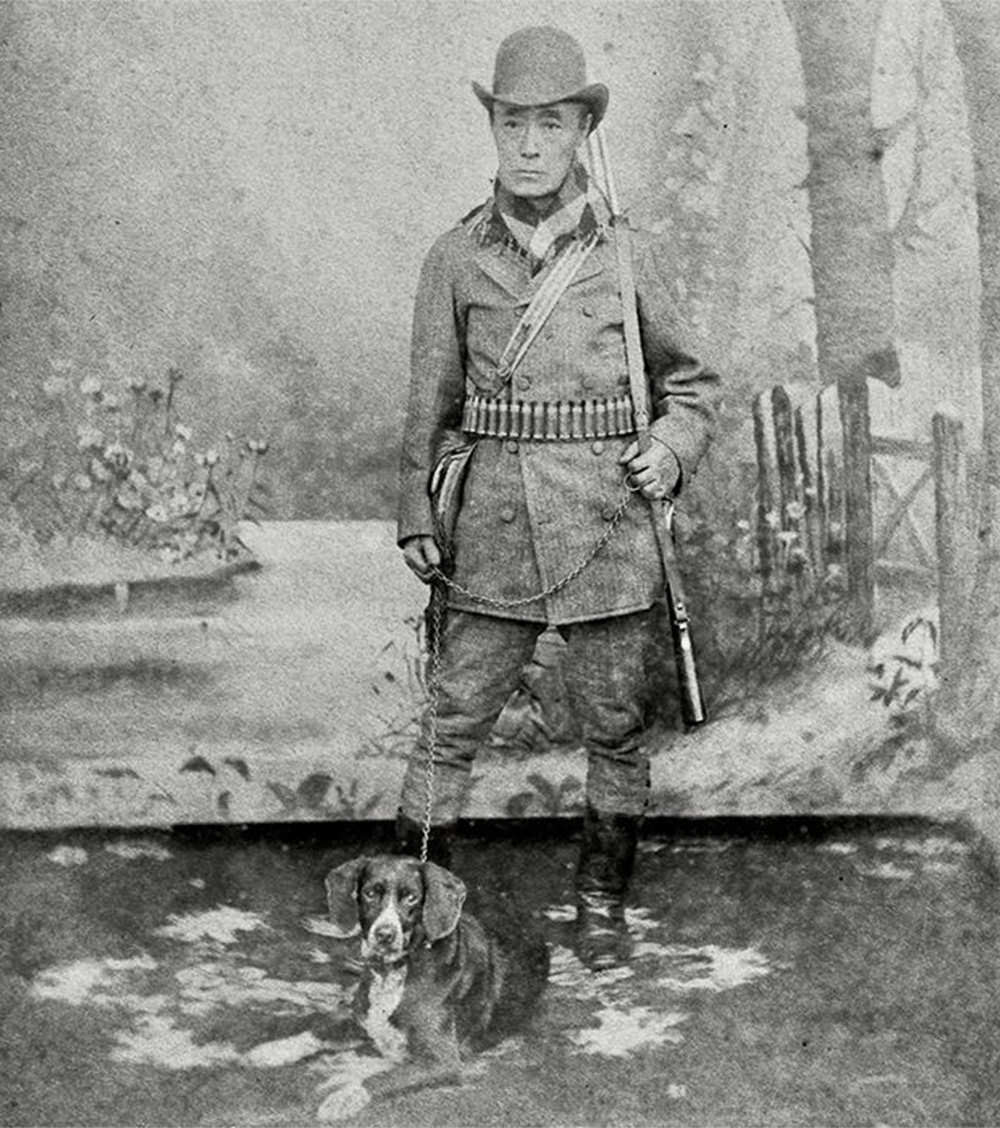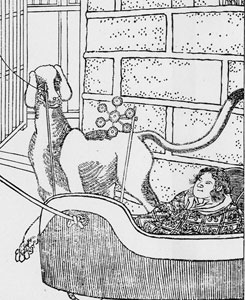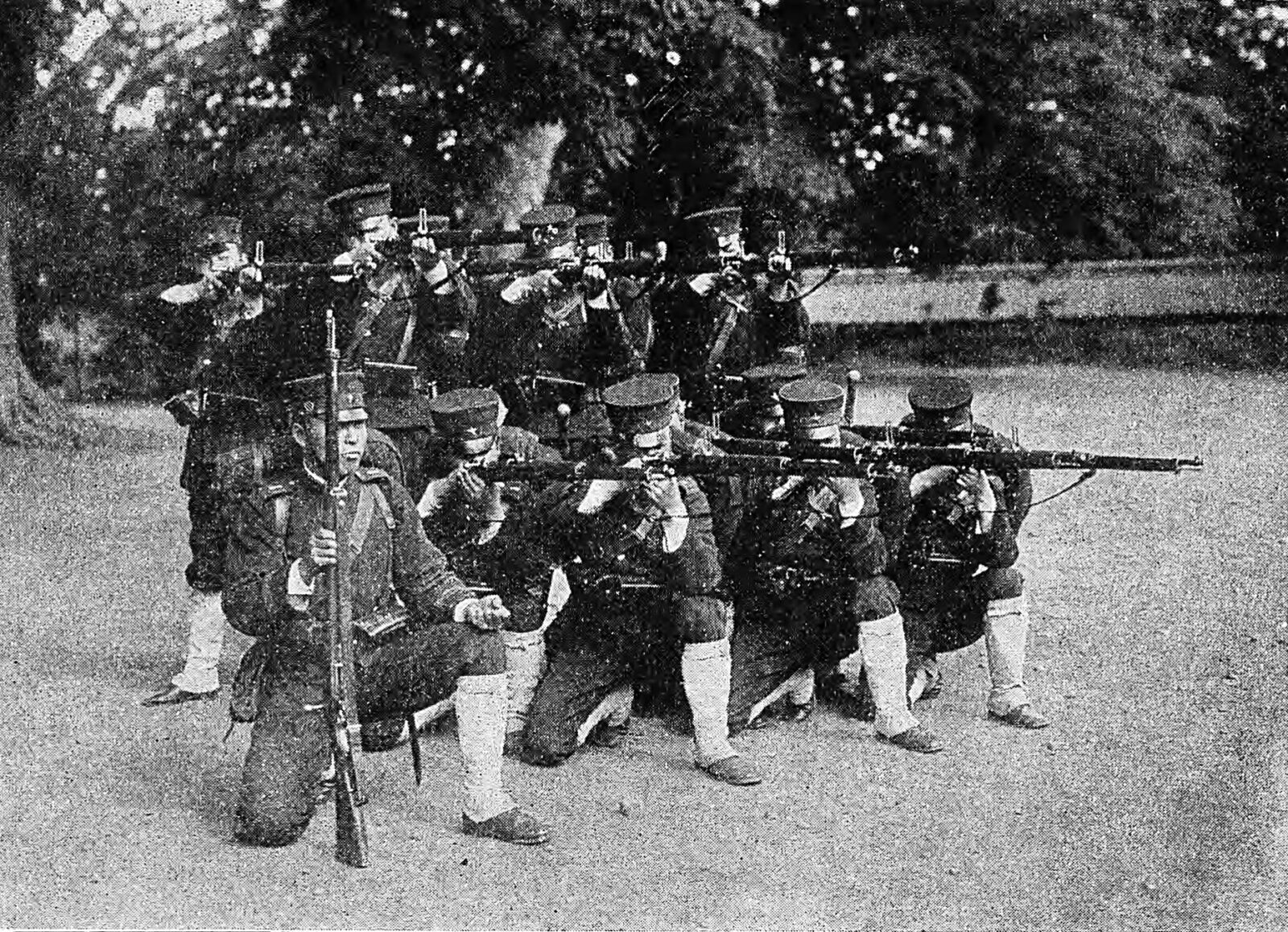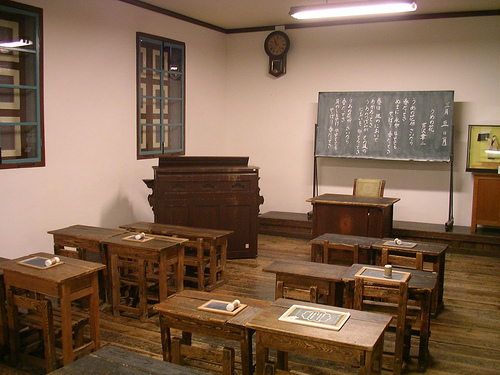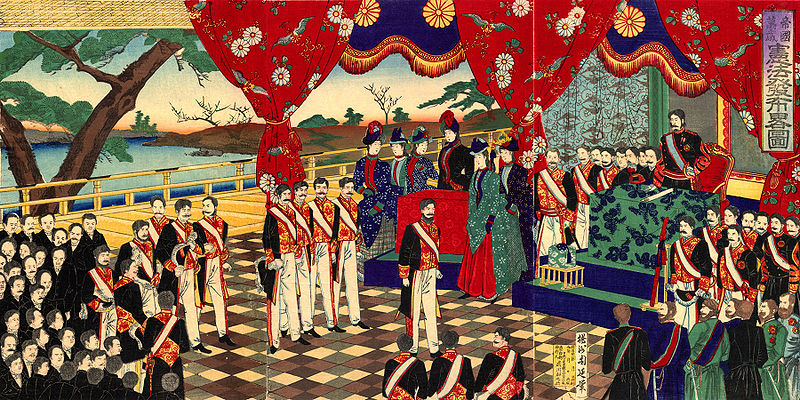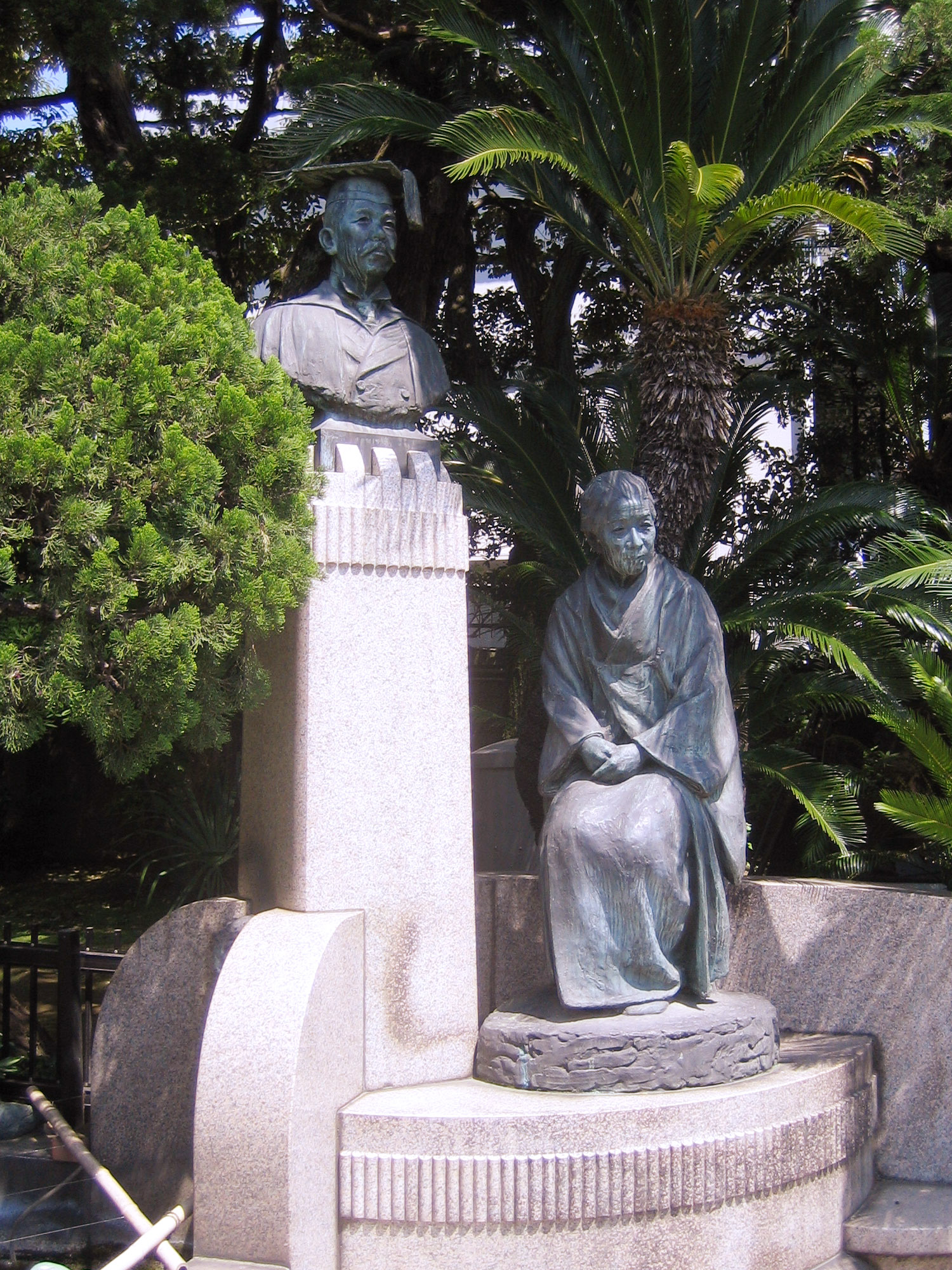What even is religion, when you get down to it? Why do we treat religion the way that we do?…
This week we continue our footnote on the history of dogs in Japan. How did public perceptions of dogs change…
In the final footnote for our Revised Introduction, we turn our attention to a little discussed subject that is a…
This week, we’re continuing last week’s footnote on daily life in Meiji Japan. Topics covered this week include life as…
This week on the Revised Introduction to Japanese History Footnotes: what was it like to live in the Meiji Era?…
This week on the Revised Introduction to Japanese History: Japan joins the ranks of the great powers by building its…
This week on the Revised Introduction to Japanese History: the economics of Meiji Japan, and a brief foray into social…
This week on the Revised Introduction to Japanese History: the politics of the Meiji Period! After a coalition of samurai,…
Hatoyama Kazuo was a reluctant politician; you can’t say the same of his son Hatoyama Ichiro, groomed from childhood to take up the family business (and to rise to the height of cabinet minister, something his father never did). This week is all about Ichiro’s prewar career, which culminated in a shot at the top job–that was snapped away at the last moment.
We’re starting a longform look at Japan’s most prominent political dynasty: the Hatoyama family, which has been a presence in Japan’s electoral politics from the jump. Today is all about the career of family progenitor Hatoyama Kazuo, who went from son of a minor samurai to speaker of the House of Representatives, and in the offing created one of the nation’s great political dynasties.
